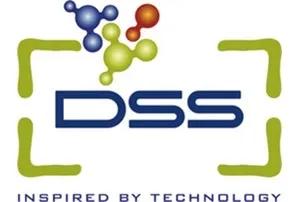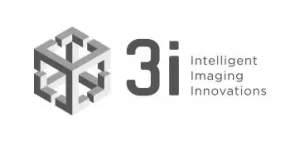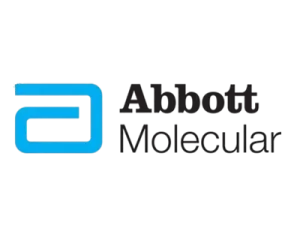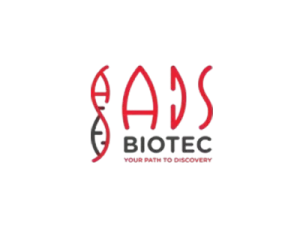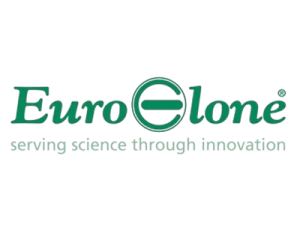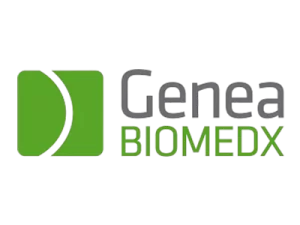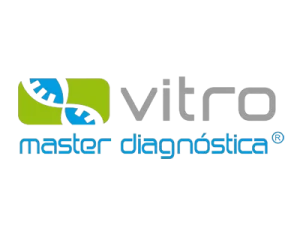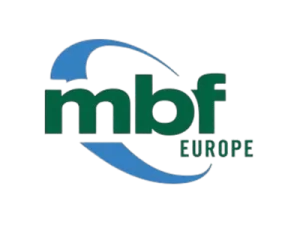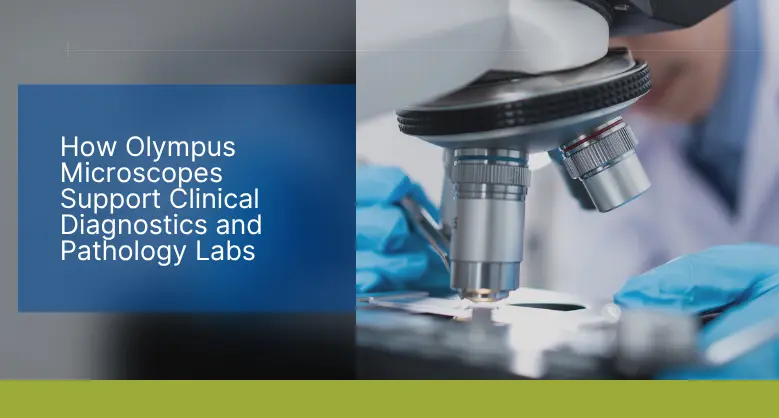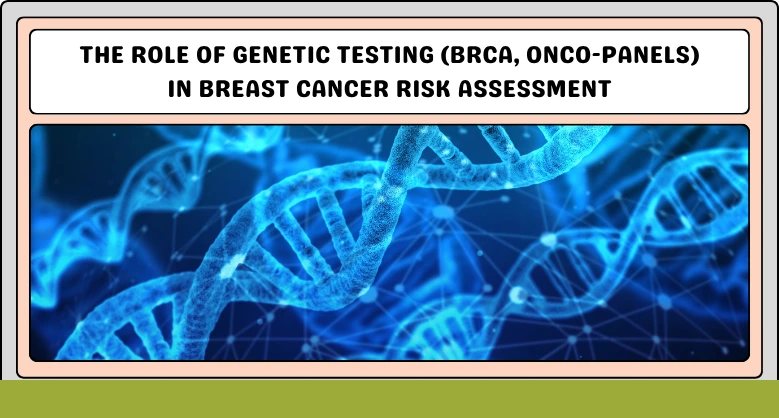DSS: Redefining Biotechnology & Life Science in India
- About Us
- Products & Services
PRODUCTS & SERVICES
-
Kits Reagents & Consumables
- Cytogenetics
- Dyes
- Fluorescence In Situ Hybridization (FISH)
- High-Performance Liquid Chromatography (HPLC)
- Histology
- Immuno Histo Chemistry (IHC)
- IVF Consumables
- Molecular Pathology & Diagnostics
- Multiplex Ligation-Dependent Probe Amplification (MLPA)
- Nucleic Acid Extraction
- PharmDx
- Real Time PCR
- Special Stains
- Instruments
- Software
- Accessories
- Advanced Material
-
Kits Reagents & Consumables
- Applications & Specialities
All Applications & Specialities
- Brands
- Contact Us
-

-
 0
0
- ☰
- About Us
- Products & Services
-
Kits Reagents & Consumables
- Cytogenetics
- Dyes
- Fluorescence In Situ Hybridization (FISH)
- High-Performance Liquid Chromatography (HPLC)
- Histology
- Immuno Histo Chemistry (IHC)
- IVF Consumables
- Molecular Pathology & Diagnostics
- Multiplex Ligation-Dependent Probe Amplification (MLPA)
- Nucleic Acid Extraction
- PharmDx
- Real Time PCR
- Special Stains
- Instruments
- Software
- Accessories
- Advanced Material
-
Kits Reagents & Consumables
- Applications & Specialities
- Brands
- Brand - Life Sciences
- 3i
- ABBERIOR INSTRUMENTS
- Abbott Molecular
- ADS Biotec
- APPLIED SPECTRAL IMAGING
- BioAir Tecnilabo
- DAKO (AGILENT)
- Eden Tech
- Elveflow
- ENTROGEN
- EUROCLONE
- EVIDENT
- Genea
- Hamamatsu Photonics
- Invivoscribe
- MASTER DIAGNOSTICA
- MBF BIOSCIENCE
- Medical Tek Co. Ltd
- MILESTONE MED SRL
- Molecular Machines & Industries
- MRC HOLLAND
- NeoDx
- Onward Assist
- Profound
- SCIENTIFICA
- SpaceGen
- Seqlo
- µCyte
- Brand - Industrial
- Brand - Life Sciences
- News & Events
- Career
- Contact Us
- Testimonial
- Blogs
- R&D
- CSR
- Press Release

Exploring Non-Invasive Techniques in Oncology Diagnostics
BY admin 17th October 2024
Welcome to the vanguard of a revolutionary shift in cancer diagnosis. As we continue on an intriguing examination of non-invasive procedures that are transforming the area of cancer diagnostics , get ready to see a spectacular marriage of medical science and cutting-edge technology.
The days of discovering the mysteries of cancer primarily through intrusive treatments are long gone. We are currently on the cusp of a new age, one in which conventional biopsies will no longer be king. Non-invasive methods have taken their position as the change agents, delivering a paradigm shift in how we identify, diagnose, and track this complicated disease.
Imagine a future where we can solve the cancer mystery without putting patients through painful procedures or suffering. Imagine a world where a straightforward blood test or cutting-edge imaging scan holds the key to understanding the complex molecular tapestry of tumors and directing treatment choices with unmatched accuracy. We are about to begin an exciting trip into the world of non-invasive procedures in cancer diagnosis. This is the amazing world we are heading into. Read on till the end to know more about the non-invasive techniques used in oncology diagnostics.
Transforming Cancer: Exploring non-invasive methods for Diagnosis
Non-invasive methods cover a wide spectrum of cutting-edge methods that reduce patient pain while revealing vital details on the existence, traits, and course of cancer. These techniques are pushing the frontiers of cancer detection, from sophisticated imaging tools that allow us to visualize tumors with remarkable accuracy to liquid biopsies that analyze circulating tumor components in a straightforward blood sample.
The potential of non-invasive techniques to identify cancer at an early stage, frequently before symptoms appear, is one of its main benefits. Healthcare experts may spot malignant cells or aberrant patterns with surprising precision by utilizing non-invasive biomarkers, genetic testing, and cutting-edge imaging techniques, enabling early intervention and increasing treatment results.
Additionally, non-invasive techniques provide a personalized approach to cancer detection, enabling the creation of therapy regimens that are specific to a patient’s individual genetic profile and tumor features. Better patient results are obtained from this focused approach’s enhancement of therapeutic effectiveness while minimizing unwanted negative effects.
A Game-Changer in Non-Invasive Oncology: Liquid Biopsies
The development of liquid biopsies has completely changed how we identify and track cancer. Liquid biopsies provide a minimally intrusive alternative to traditional tissue biopsies by analyzing several components found in a straightforward blood sample. Liquid biopsies come in a variety of popular forms, including:
- Analysis of circulating tumor DNA (ctDNA): CtDNA stands for tumor DNA fragments discharged into the circulation. Liquid biopsies can identify certain genetic mutations and modifications linked to the tumor by isolating and analyzing ctDNA, assisting in the early identification of cancer and tracking the effectiveness of treatment.
- Analysis of Circulating Tumour Cells (CTCs): CTCs are cancer cells that separate from primary tumors and circulate in the blood. These circulating tumor cells may be caught and examined via liquid biopsies, which can reveal useful details about the tumor’s features, the likelihood of metastasizing, and treatment resistance.
- Exosome analysis: Cancer cells secrete tiny vesicles called exosomes, which contain proteins and genetic material. These exosomes may be isolated and examined using liquid biopsies, providing information on the biology of the tumor, intercellular communication, and prospective treatment targets.
- Analysis of Cell-Free DNA (cfDNA): CfDNA is the term used to describe DNA fragments that are released into circulation by both healthy and malignant cells. These fragments can be found and analyzed by liquid biopsies, which can then provide details regarding tumor mutations, tumor load, and therapy response.
Non-Invasive Imaging: Visualizing Tumor Characteristics with Precision
With the advent of non-invasive imaging, a new era in cancer diagnosis, we are now able to visualize tumor features with unmatched accuracy. Healthcare experts may now examine tumors in-depth and without invasive treatments thanks to cutting-edge technologies and new imaging modalities.
The capability of non-invasive imaging to offer a thorough image of the tumor’s size, form, and location is one of its main benefits. In cancer diagnosis, non-invasive imaging methods including PET, MRI, and CT are crucial. With the use of radioactive tracers, PET scans may diagnose tumors and track the effectiveness of treatment by detecting metabolic activity. A precise visualization of tumor features is made possible by MRI, which creates detailed pictures of soft tissues using magnetic fields and radio waves. The cross-sectional pictures produced by CT scans, which combine X-rays and computer processing, help in the diagnosis and localization of tumors. These cutting-edge imaging techniques offer vital insights into tumor biology that help patients receive more individualized treatments and better outcomes.
Additionally, non-invasive imaging enables real-time tracking of tumor response to medicines, allowing medical personnel to promptly adapt and improve treatment plans.
Barriers in Non-Invasive Oncology Diagnostics
Some of the most common barriers that come up in non-invasive oncology diagnostics are:
- Sensitivity and Specificity: Non-invasive procedures may not be able to identify or characterize tiny or subtle tumors with sufficient accuracy, which might result in false-negative or false-positive findings.
- Cost and Accessibility: The high cost and potential lack of availability of advanced non-invasive imaging technologies in all healthcare settings prevent their general use.
- Technical obstacles: It may be difficult to collect reliable and thorough diagnostic information when certain tumors or anatomical regions are involved.
- Standardization and Validation: It is still difficult to establish standardized procedures and validate the dependability and accuracy of non-invasive diagnostic techniques across various healthcare organizations.
Studying the Next Generation of Non-Invasive Cancer Diagnosis
Lots of research is currently being done to improve the efficiency of non-invasive cancer diagnosis techniques. A few of them are as follows:
- Volatile Organic Compounds (VOCs): VOC analysis looks for volatile substances that are specifically linked to cancer in body fluids like sweat or exhaled breath. The goal of ongoing research is to create portable devices and cutting-edge sensor technologies that can recognize distinctive VOC patterns linked to various cancer kinds and enable non-invasive early detection and monitoring.
- Radiomics: Radiomics is the process of obtaining quantitative information utilizing sophisticated computational analysis from medical pictures. By finding imaging biomarkers that correlate with tumor features, therapy response, and patient outcomes, researchers are examining the potential of radionics in non-invasive cancer diagnosis. Planning and monitoring customized treatments might benefit from this strategy.
- Circulating Tumor DNA Methylation: Researchers are investigating the use of DNA methylation patterns in circulating tumor DNA (ctDNA) as possible biomarkers for detecting and monitoring cancer. Researchers want to create tests that are extremely sensitive and specific that can identify various cancer kinds by examining DNA methylation modifications that are unique to malignancy.
Conclusion
It is clear that non-invasive methods for cancer diagnostics hold the key to a future where precision medicine flourishes as we stand at the front of this transformational era. By accepting and developing these methods, we open the door for improved patient care, individualized therapies, and a more optimistic attitude in the fight against cancer.
DSS image tech works to have a long-term effect on the lives of those impacted by cancer. Let’s continue to investigate, invent, and realize the great promise of non-invasive procedures.
Latest Articles
World AIDS Day: Breaking the Stigma and Understanding HIV Testing
BY DSS Imagetech Pvt Ltd December 1, 2025
Worlds AIDS Day 2025 focuses on the theme “Overcoming disruption, transforming the AIDS response.” Highlighting the need for a stronger, more resilient approach to end the epidemic. This theme acknowledges...
Read MoreHow Olympus Microscopes Support Clinical Diagnostics and Pathology Labs
BY DSS Imagetech Pvt Ltd November 26, 2025
In the world of modern medicine, the clinical diagnostics laboratory is the engine room of the healthcare system. It is a high-stakes, high-pressure environment that operates largely unseen by the...
Read MoreThe Role of Genetic Testing (BRCA, Onco-panels) in Breast Cancer...
BY DSS Imagetech Pvt Ltd November 18, 2025
Breast cancer is a complex and deeply personal diagnosis that will affect many women in their lifetime. For decades, our primary approach was reactive: focusing on awareness, monthly self exams,...
Read More
